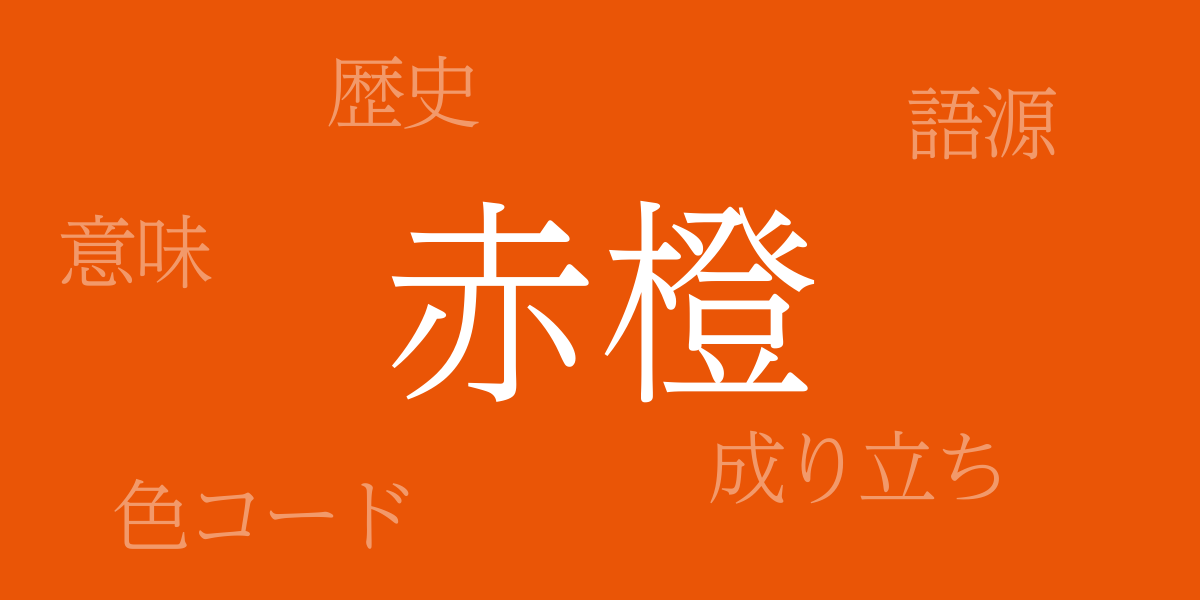The world woven by colors acts as a mirror reflecting culture and history. Among the traditional Japanese colors, “Akadai-dai (赤橙 – Aka-daidai)” stands out for its unique beauty, having long been a symbol of passion and vitality in Japanese life. This article delves into the allure of Akadai-dai, exploring its historical significance, meaning, and applications in design and art.
About Akadai-dai (赤橙 – Aka-daidai)
Akadai-dai (赤橙 – Aka-daidai), as the name suggests, is a vivid shade blending red and orange. In Japan, it is also referred to as “Akadai-dai,” evoking the warmth of ripe persimmons and fiery sunsets. This color is believed to energize and invigorate, making it a favorite for traditional events and festivals.
The History of Akadai-dai
The use of Akadai-dai dates back to the Heian period, where it was favored by nobility who cherished colorful garments. Akadai-dai also holds a significant place as a symbol of Japanese nature, appearing throughout the seasons. For example, in autumn, the red-orange hues of the leaves captivate the hearts of the Japanese people.
Akadai-dai Color Codes
In digital and web design, accurate color codes are essential for reproducing Akadai-dai. Below is an example of the color codes for this hue:
- HEX: #EA5506
- RGB: R:234 G:85 B:6
- CMYK: C:8 M:80 Y:99 K:0
The Western Name for Akadai-dai
The Western names for Akadai-dai include “Vermilion” and “Scarlet.” Vermilion refers to a vivid red-orange used frequently in paintings and decorations. Scarlet, on the other hand, often denotes a slightly redder hue, and both colors are distinguished yet related shades.
Conclusion on Akadai-dai
Akadai-dai, with its long history as a traditional Japanese color, continues to be cherished by many. Its vibrant hue symbolizes passion and vitality, moving people emotionally. In the world of design and art, this color can be precisely represented using its color codes, and internationally known as Vermilion or Scarlet, Akadai-dai is part of a global appreciation of beauty. Understanding the deep history and cultural background of this color allows us to truly appreciate the value of Akadai-dai.

























